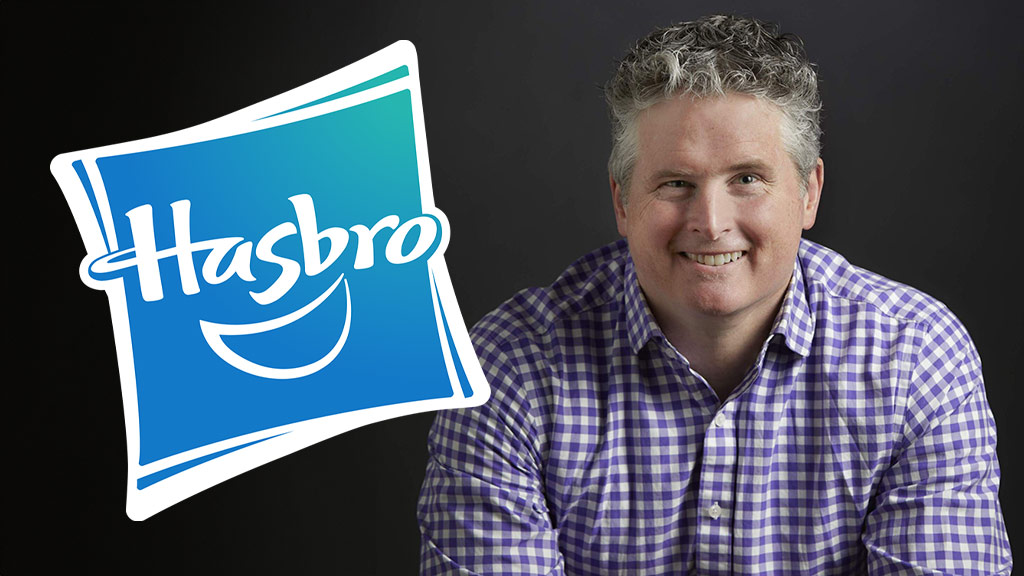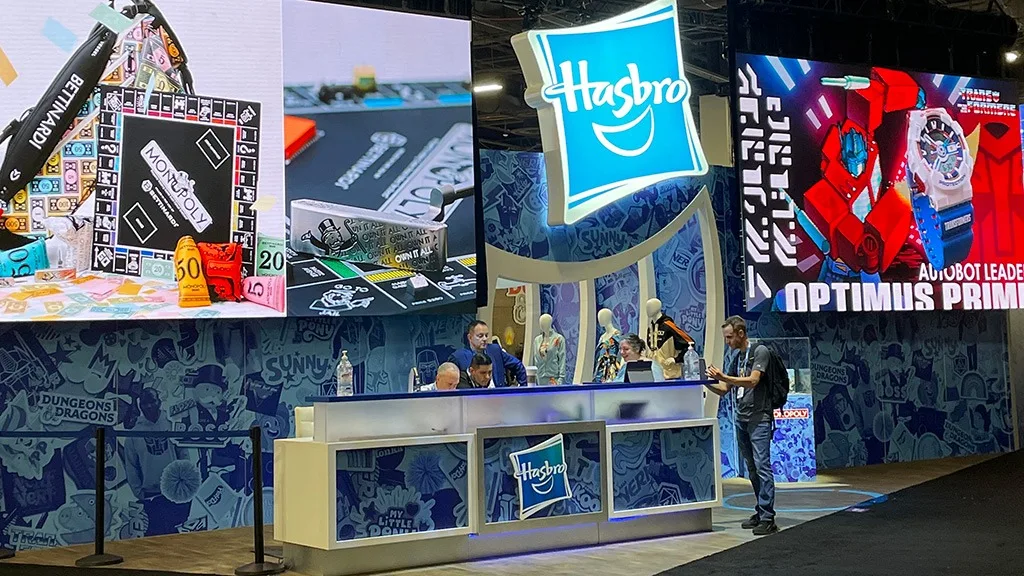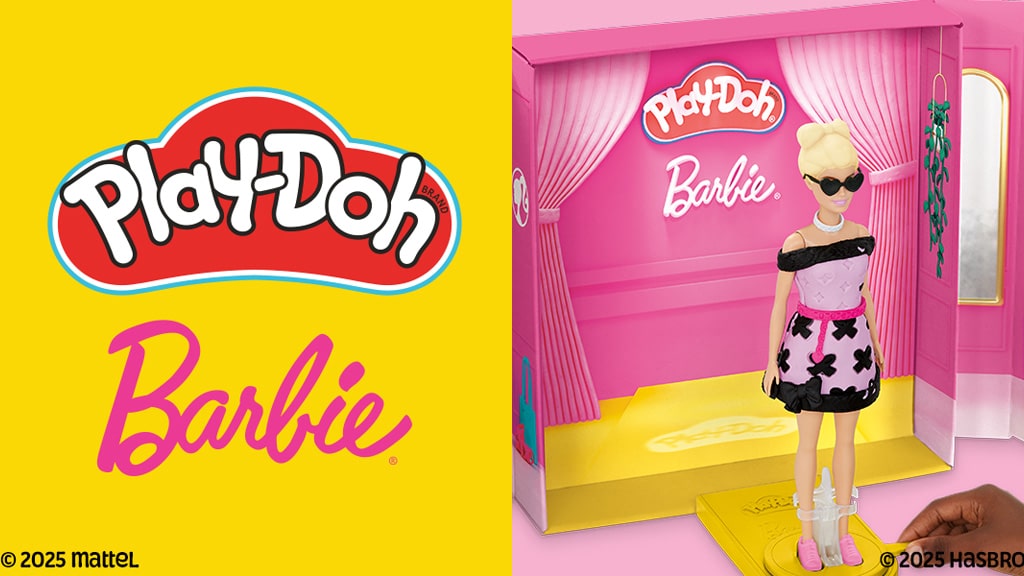Few companies would be rewarded upon dropping news that overall revenue fell 17% in the previous fiscal year. But, for Hasbro, an iconic toy and game maker, amid a turnaround, shares spiked (up more than 14% as of this writing) following its fourth quarter and full year 2024 earnings today.
Hasbro posted better-than-expected results, with revenue down just 7% absent the divestiture of its eOne business, operational improvements across the board, and a new strategic plan dubbed “Playing to Win.”
The Toy Book caught up with Hasbro CEO Chris Cocks following this morning’s earnings call for a deeper dive into some of the company’s wins, challenges, and areas for growth.
The Toy Book: In this morning’s release regarding Playing to Win, you mentioned Hasbro’s evolution into a “modern play company” and extending its reach with more kids and families. What does that look like?
Chris Cocks: It’s definitely aged up. Birth rates are declining worldwide, and kids over 15 are identifying the brands they’re into. Overall, the toy industry will have to focus on emerging markets over the next 10 years. In November, I was in Brazil and Chile, and when visiting those places, you go to where the shoppers are. Those malls serve only 10% of the population, so we ask ourselves, “How do we serve the other 90% of the population that can’t afford a $100 toy?” And we also have to meet people where they’re playing, including online.
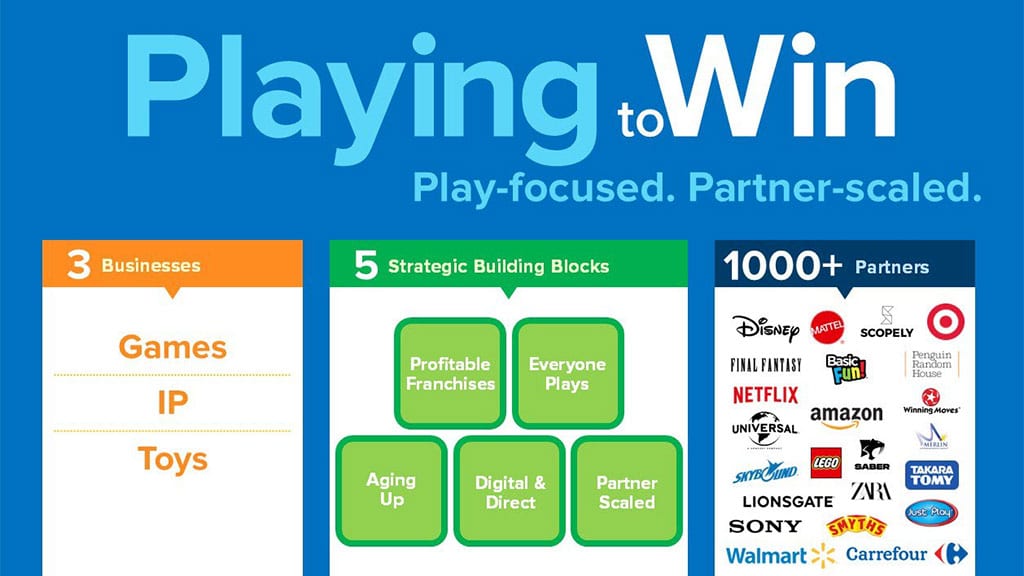
TB: We know that Digital Gaming and Wizards of the Coast have been very successful, but the traditional toy space remains challenging despite some highlighted growth in brands like G.I. Joe, Play-Doh, BEYBLADE, and Transformers. How will Hasbro grow in the toy and game department?
CC: First, we know we have to get more cost-competitive. I think we let the supply chain get away from us. We’ve been adjusting suppliers and improving the value proposition. In Hasbro Games, for example, we released a revamped Jenga last year, and we have revamped versions of Operation and Monopoly coming out later this year. These are cheaper for us to make, but they’re a much better value for the consumer. They’re in a better form factor and easier to put away.
We’re also focusing on speed-to-market. When I started in this role, I found concepts that had been kicking around for years, and I was shocked that they hadn’t come to market sooner. We need to be inventor-friendly — people bring us great concepts — and instead of taking 12-14 months, we should immediately get a great idea into a playtest. This is a fast-fashion industry.
TB: Even before the global changes we’ve seen in recent years, Hasbro was already starting to diversify its supply chain outside of China, with Vietnam picking up a lot of that business. On today’s earnings call, you mentioned that the company is down to just 50% of production taking place in China, with a goal to get it under 40% within the next two years. Where is it going?
CC: Vietnam has been a big base for us, and India is another one that we’re investing in. A third market we’re looking at is Indonesia, where some of our manufacturing partners in Vietnam are building new facilities.
We’re also looking at nearshoring production of certain products, such as Magic: The Gathering trading cards, Play-Doh, etc., for markets outside of Southeast Asia. We’re crunching numbers in Japan, Turkey, and parts of Europe.
TB: We can’t talk about supply chain and cost consciousness without discussing all the tariff concerns. Your earnings mentioned guidance that factors in some potential tariffs, but what about consumer pricing; have you baked tariffs into that?
CC: We did bake the 10% China tariffs into our pricing this year. Because Canada and Mexico are not major production bases, tariffs on them are relatively immaterial. We may run into a few minor instances with products that come into the U.S. and are exported to Canada. If the administration enacts reciprocal tariffs or further duties on China, we have to watch it. Our hope is that, as an industry, we’ll avoid the worst-case scenario and be able to drive competitive price points.
TB: Let’s talk a little bit about NERF, another brand that was mentioned on the call as an opportunity. Per Circana, Hasbro lost 7.3 points of market share in the Blasters & Accessories category last year. Still, with 42.9% of the market, NERF is still the No. 1 player in that space. What can you tell us about the “structural category headwinds” that have been mentioned?
CC: NERF is going to be down but moderating. It’s a 2026/2027 return to growth beyond the blaster. We have to get back to our roots as the world’s first indoor ball — a brand built on safe, active play. This means thinking outside ‘everything is a dart’ and looking for activities that we can NERF-ify and be safe, fun, and mom and dad-approved.
When it comes to blasters, I look at them as an extension of the classic game of tag. We have different products available for many ages and interests, but we need to be more choiceful in SKUs. Many of our consumers are more inclined to purchase a $10-30 blaster as opposed to a $40-50 dollar option.
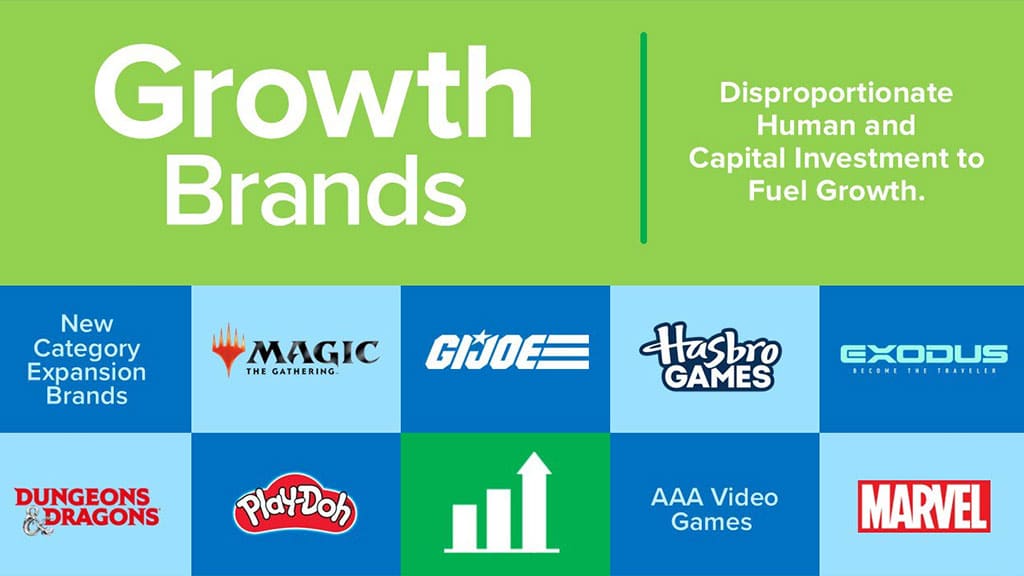
TB: Today, you revealed that Saber Interactive — the team behind Warhammer 40,000: Space Marine 2 — is working on a new AAA video game title based on a Hasbro tentpole IP. What more can you share about Hasbro’s move to develop and self-publish its own AAA games?
CC: We’ve been developing a stable of studios from 2018 until today. From 2018-2022, the video game industry was frothy with venture capital money and players coming in and paying hefty premiums for studios. So, Hasbro built studios from scratch with luminary talent. James Ohlen of Archetype Entertainment was at BioWare; Ames Kirshen at Atomic Arcade produced the Batman: Arkham series. Because we start with one employee and build out from there, you can tack another three years on each game, but once we start a game, the timeline is standard and involves hundreds of people.
TB: On that note, what’s happening with the AAA G.I. Joe game that was announced a few years ago? Is it still moving along?
CC: Oh yes, it’s happening. A great team is working on it in Raleigh, North Carolina at Atomic Arcade. It’s a very mature take on G.I. Joe. You can think of Snake Eyes as Batman without the cape.
TB: Partnerships are a key part of Hasbro’s trajectory for the future and are outlined as one of the five building blocks of the Playing to Win strategy. As we speak today, Barbie x Play-Doh has been revealed and we’re on the cusp of another big unveiling, the first products from Playmates Toys’ Mighty Morphin Power Rangers. What can you share as we head into Toy Fair?
CC: I’m very excited about what Playmates will do with Power Rangers. There have been crossovers with Power Rangers and Teenage Mutant Ninja Turtles in the past, and we see the power of franchise mashups. We’re doing it here with Energon Universe and GI. Joe x Transformers. I’m a peanut butter and chocolate guy and am psyched with what they can do.
What might be unique for me as a CEO and talking about the toy industry, in general, is that when I see someone else in our business, I’m not viewing them as a competitor first and a partner second. We flip it.
If we can delight a kid and extend a brand while making some money in the process, we are all in.
TB: As we wrap it up, I do want to ask about the potential for any layoffs at Hasbro this year given the challenges of the last few years.
CC: Unfortunately, layoffs are always an option on the table. Fortunately, we’re mostly done with the previously announced workforce reductions. We’re not all the way done yet because those are multiyear. There have been some tough moments, and we’ve had to make those hard people calls.
Right now, there’s a spring in our step, and it’s more fun to think about and focus on how to grow and extend our reach. We’ll do that.

